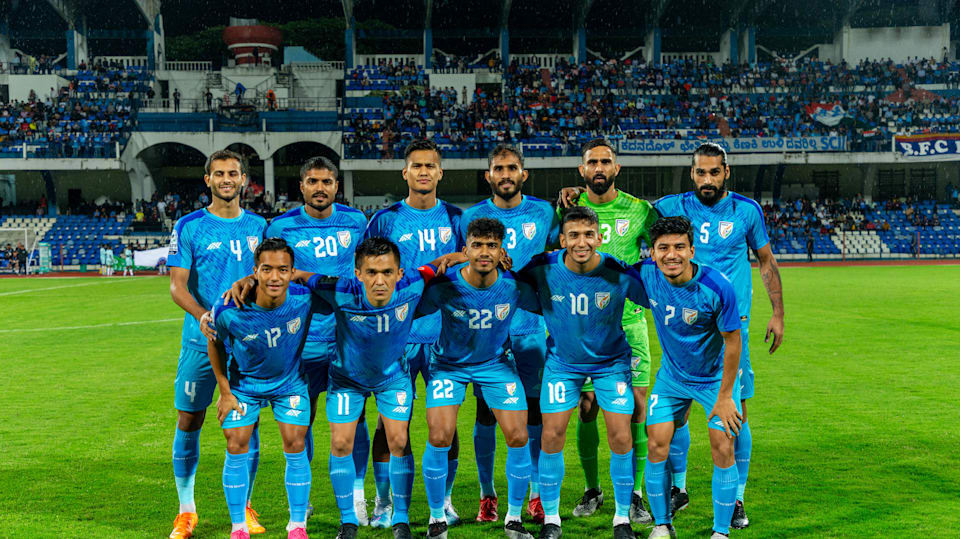Indian Football Struggles on the Global Stage
While cricket reigns supreme in India, football has long struggled to capture the same level of attention and fame. Despite its immense potential, the beautiful game faces numerous challenges in the country. In this article, we delve into the reasons behind why Indian football has struggled to achieve the fame and recognition it deserves on the global stage.
Historical Setbacks
- Early Prominence: Football was popular in India during the early 20th century, with clubs like Mohun Bagan making significant strides.
- Post-Independence Decline: After gaining independence, the focus shifted towards cricket, leading to a decline in football’s prominence.
Cricket Dominance
- Cricket’s Overwhelming Presence: Cricket’s unparalleled popularity in India overshadows other sports, making it challenging for football to compete for attention and resources.
Lack of Infrastructure
- Limited Facilities: A shortage of quality football infrastructure, including stadiums and training centers, hampers the sport’s growth.
- Youth Development: The absence of widespread youth development programs hinders the discovery and nurturing of football talent.
Governance and Management
- Administrative Issues: Infighting, mismanagement, and governance problems within football associations have disrupted the sport’s growth.
- Financial Challenges: The financial constraints faced by football clubs and organizations limit their ability to invest in talent and infrastructure.
Competition from Other Leagues
- Global Football Leagues: The popularity of foreign football leagues, like the English Premier League (EPL) and La Liga, often overshadows local football.
- IPL Dominance: The Indian Premier League (IPL) cricket tournament diverts attention and sponsorship away from other sports leagues.
Cultural Factors
- Cricket-Centric Culture: Cricket is deeply ingrained in Indian culture, with cricket heroes achieving demi-god status.
- Lack of Football Culture: Football lacks a similar cultural significance, making it challenging to cultivate a passionate fan base.
National Team Performance
- Inconsistent Performances: While the Indian national team has shown flashes of brilliance, inconsistent performances at the international level have hindered its recognition.
Grassroots Development
- Focus on Grassroots: Expanding grassroots programs and encouraging youth participation is crucial for football’s future in India.
Recent Initiatives
- Indian Super League (ISL): The ISL has brought renewed attention to Indian football, attracting international stars and investment.
- Academy Development: Investments in youth academies and training centers are slowly improving the development of young football talent.
The Path Forward
- Building a Football Culture: Fostering a football culture through education, grassroots initiatives, and community engagement is key.
- Investing in Infrastructure: Developing state-of-the-art facilities and stadiums is crucial for the growth of the sport.
Conclusion
While Indian football faces significant challenges on its path to fame and recognition, there is hope on the horizon. With initiatives like the ISL and increased investments in youth development, the sport is slowly but steadily making strides. To achieve greater recognition, Indian football needs to overcome historical setbacks, prioritize infrastructure development, and build a passionate fan base that rivals cricket. While the road may be long, the potential for Indian football to shine brightly on the global stage remains undeniably promising.


